DIY Landscaping Projects: Sustainable Practices for Akron Homeowners
Embracing Sustainable Landscaping
For homeowners in Akron looking to transform their outdoor spaces, sustainable landscaping offers a rewarding approach that benefits both the environment and your home. By implementing eco-friendly practices, you not only enhance your garden's aesthetic appeal but also contribute to a healthier ecosystem. The key lies in understanding and applying sustainable principles that suit your local environment.
Sustainability in landscaping focuses on reducing waste, conserving water, and using natural resources effectively. Akron homeowners can achieve this by selecting native plants, utilizing rainwater, and employing organic materials. These practices help create a garden that is not only beautiful but also resilient to the local climate.
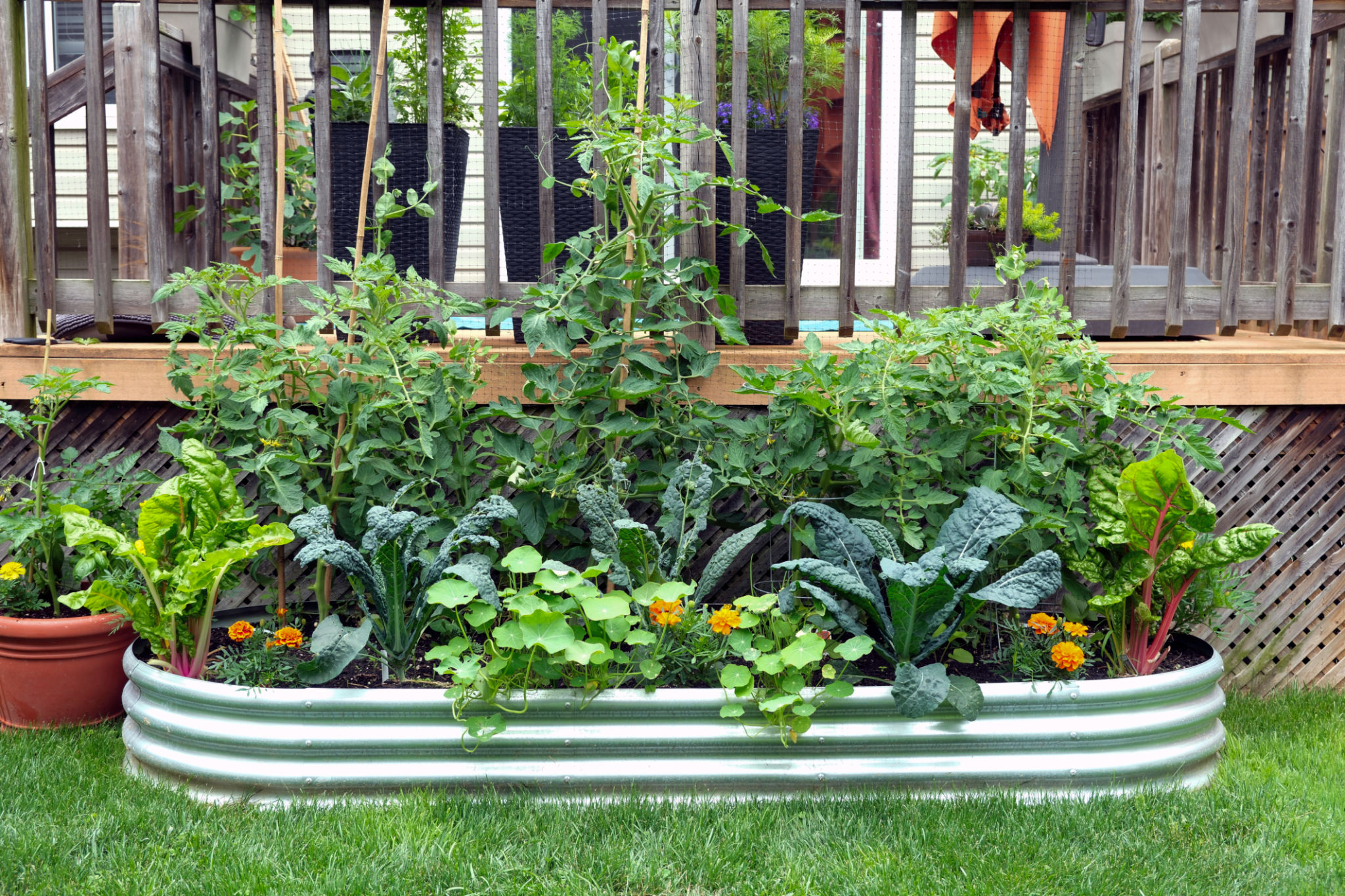
Choosing Native Plants
One of the fundamental aspects of sustainable landscaping is choosing native plants. Native species are adapted to the local climate and soil conditions, which makes them more resistant to pests and diseases. This means less need for chemical fertilizers and pesticides, reducing your garden's environmental impact. In Akron, consider plants like black-eyed Susans, coneflowers, and Ohio spiderwort for vibrant and eco-friendly garden beds.
Using native plants also supports local wildlife by providing essential habitats for birds, butterflies, and bees. This biodiversity is crucial for maintaining healthy ecosystems. When planning your landscape, research local plant nurseries that specialize in native species to ensure you're making the best choices for your garden.
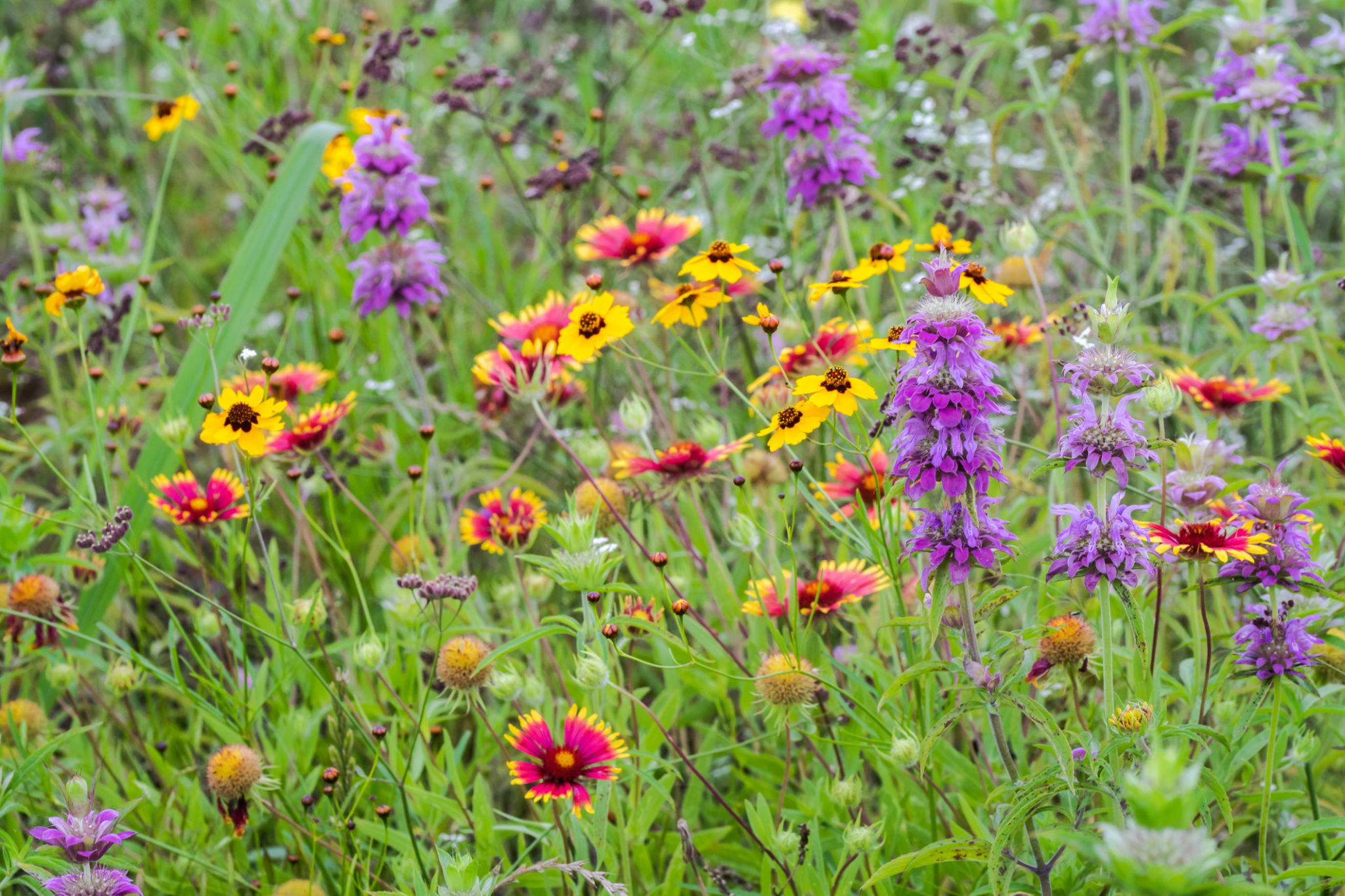
Water Conservation Techniques
Water conservation is another critical component of sustainable landscaping. Akron homeowners can implement various techniques to minimize water usage while keeping their gardens lush and green. One effective method is installing a rainwater harvesting system. By collecting rainwater in barrels, you can reduce dependence on municipal water supplies and lower your water bills.
Additionally, consider applying mulch around your plants. Mulch helps retain moisture in the soil, reducing the need for frequent watering. It also suppresses weeds and adds organic matter to the soil as it decomposes. Choose organic mulch like shredded bark or wood chips for the best results.
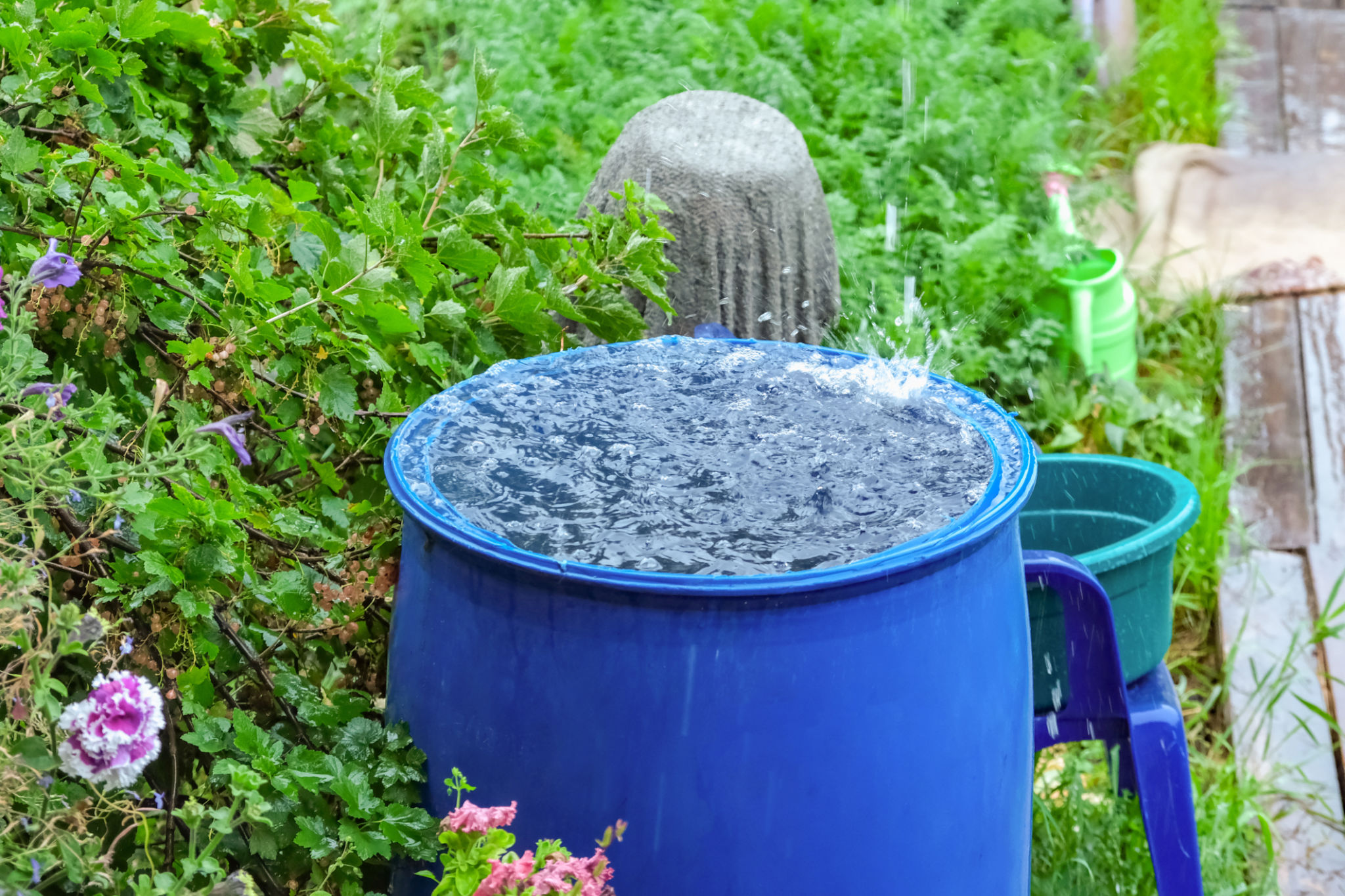
Composting for a Healthier Garden
Composting is an excellent way to recycle kitchen and yard waste into nutrient-rich soil amendments. It reduces landfill waste and provides your garden with natural fertilizers that improve soil structure and fertility. Start by setting up a compost bin in a convenient location in your backyard.
Compostable materials include fruit and vegetable scraps, coffee grounds, eggshells, grass clippings, and dry leaves. Avoid adding meat, dairy, or diseased plants as they can attract pests or spread disease. Turn your compost pile regularly to aerate it and speed up the decomposition process.
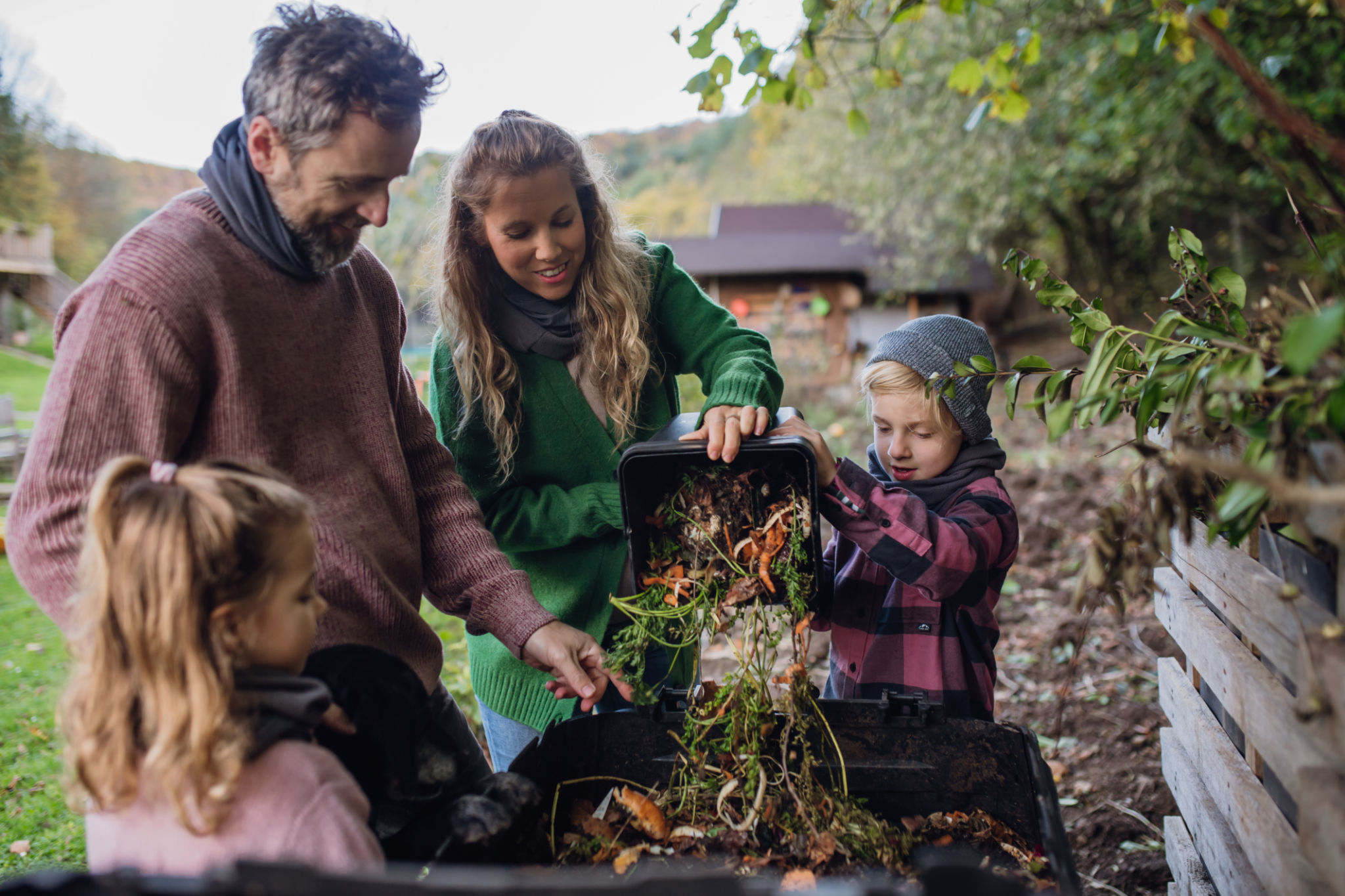
Sustainable Hardscaping Options
Incorporating sustainable hardscaping elements into your landscape design can enhance its functionality while minimizing environmental impact. Opt for permeable paving materials like gravel or permeable concrete to allow rainwater to soak into the ground, reducing runoff and soil erosion.
Consider using reclaimed or locally sourced materials for pathways, patios, and retaining walls. This not only reduces the carbon footprint associated with transporting materials but also adds unique character to your landscape. By thoughtfully planning your hardscape, you can create a visually appealing and eco-friendly outdoor space.
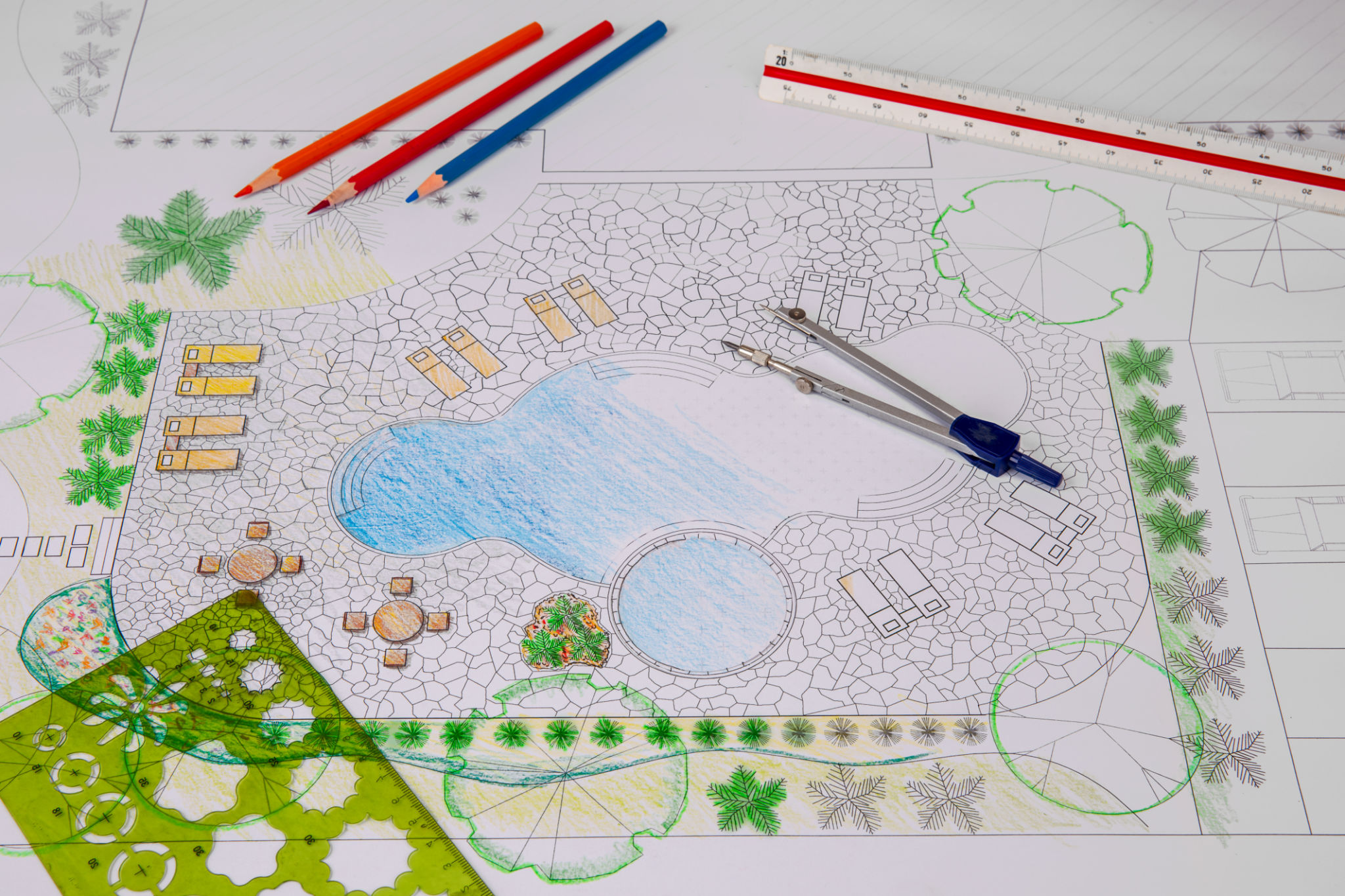
Conclusion: A Greener Future for Akron Landscapes
By embracing these sustainable landscaping practices, Akron homeowners can create beautiful gardens that support the local environment. From selecting native plants to implementing water conservation techniques and composting, each step you take contributes to a greener future.
Sustainable landscaping not only enhances the beauty of your property but also fosters a sense of responsibility towards our planet. As more homeowners adopt these practices, we can collectively make a significant impact on preserving Akron’s natural beauty for generations to come.